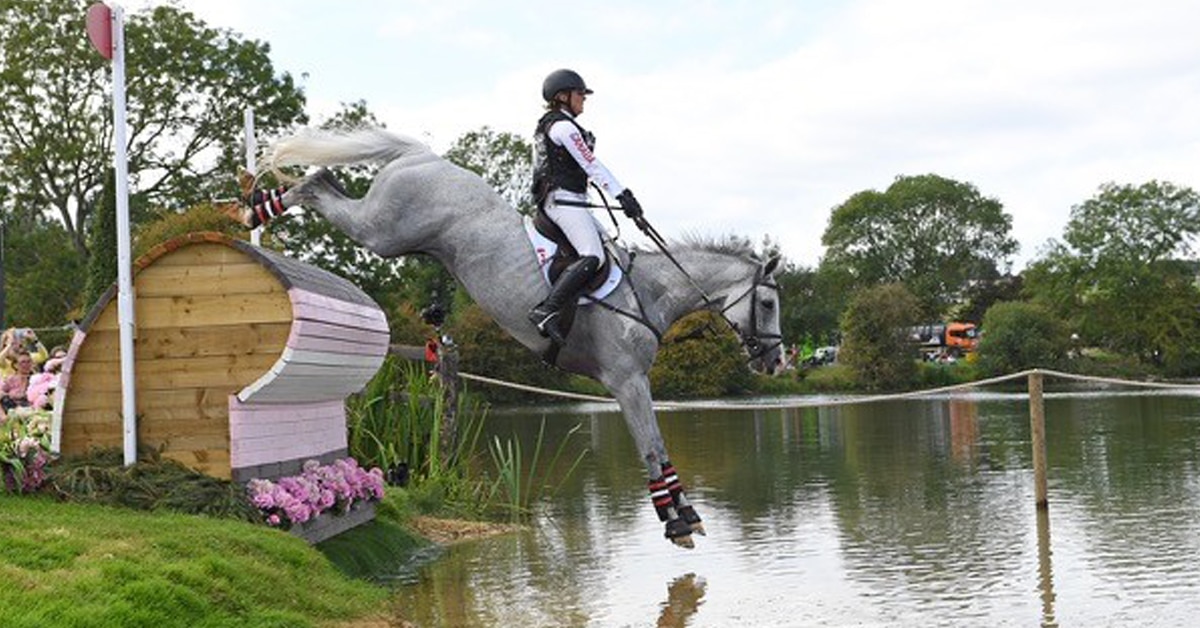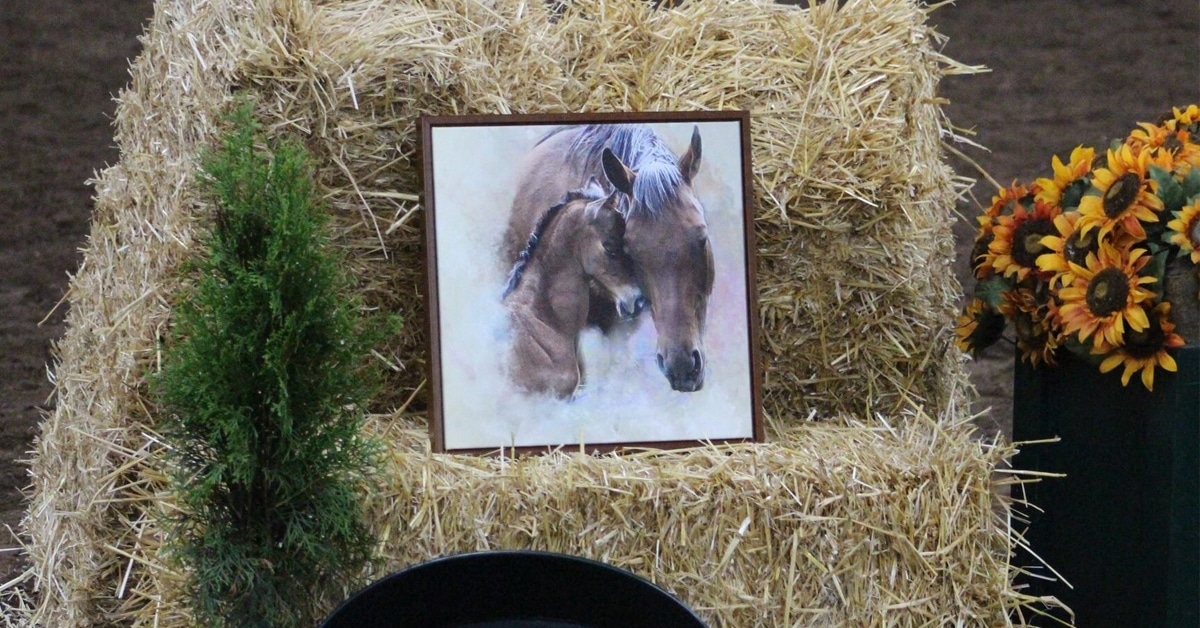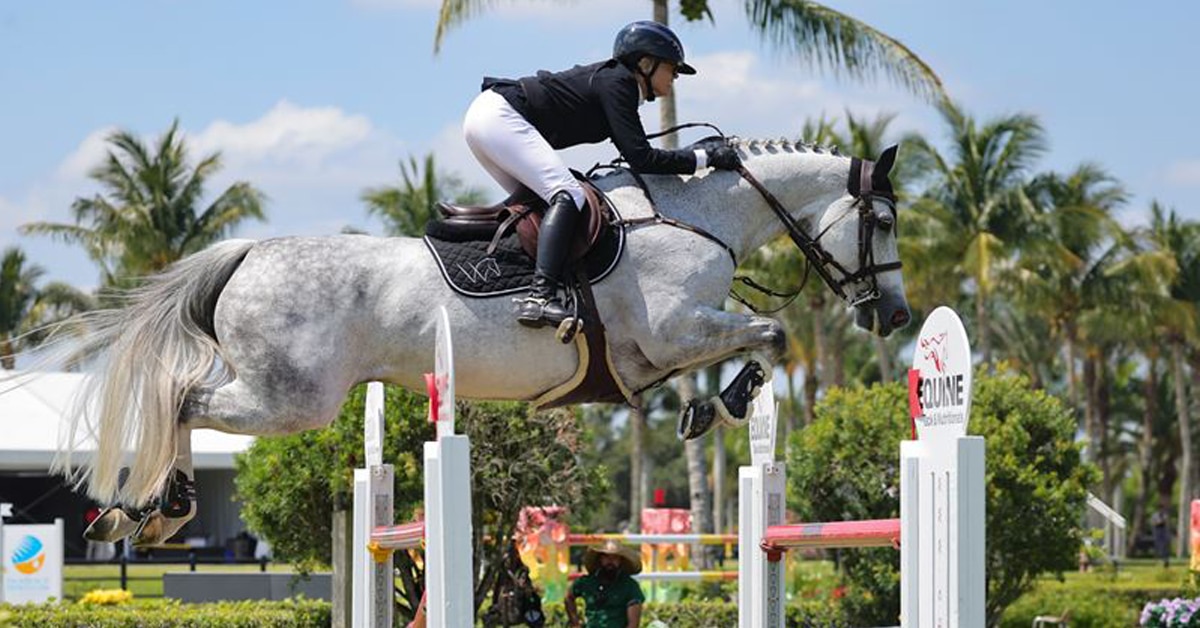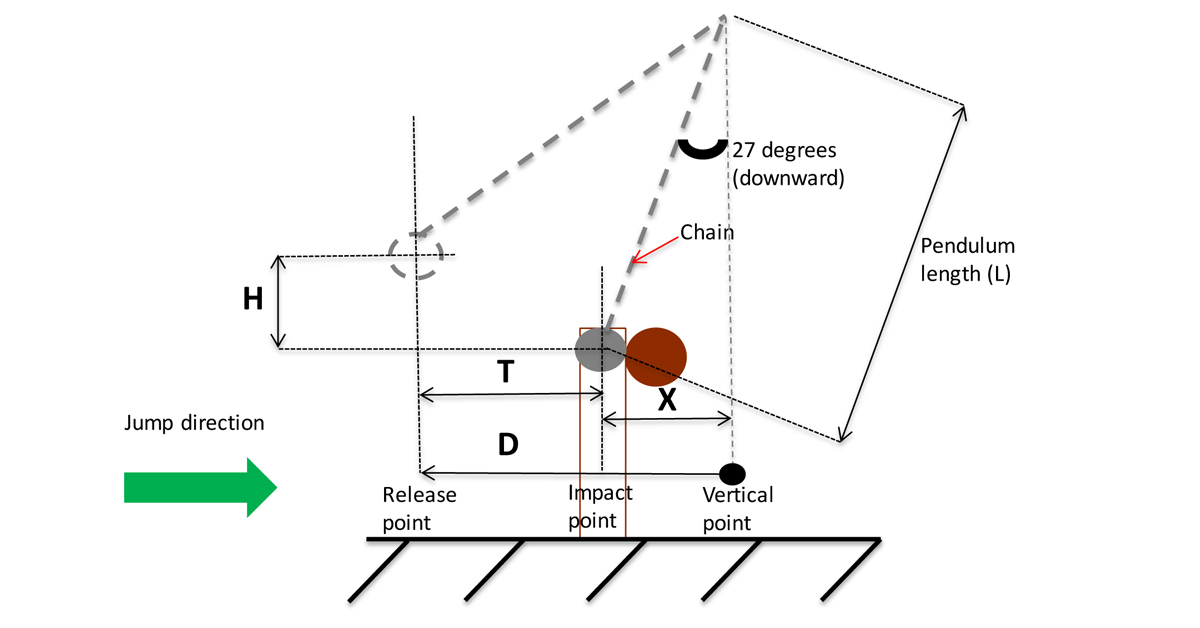After six months of extensive work initiated by the FEI’s Eventing Frangible Device Working Group (FDWG) consisting of Dave Vos, Geoff Sinclair, Mark Phillips and Jonathan Clissold, in association with Transport Research Laboratory (TRL), the Updated Standard (Version 2) for frangible/deformable cross-country fences has been finalized and published. It can now be implemented progressively, and as of January 1st 2021, all new devices must comply with this standard (devices manufactured according to the previous standard specifications can be used until December 31 of that year).
The group’s research included filming fences being jumped at many events and reviewing them in slow
motion as well as broad testing performed by British Eventing and MIM at Chalmers University
(SWE), as well as TRL.
The Updated Standard V2 for frangible/deformable cross country fences includes the following
changes:
• Introduction of a 40 kg kettlebell pendulum test to better represent a ‘hanging leg’ impact
scenario to reproduce severe impact on fence, with some leading to rotational falls which
frangible fences should help mitigate.
• The addition of requirements for front and back rails of activation energies, (i.e. pendulum
impact energies at and above which the fence activates.) The energies proposed are based on the after-contact energy and angular momentum with input parameters including jump speeds, heights, flight duration, etc, gleaned from video data.
The Updated Standard V2 is considered more reliable and the testing is easier to set up in order to encourage new ideas and hopefully accelerate new developments for frangible fence devices. As well, realistic infield assessment to ensure fences don’t break too easily has been strongly debated, with the FDWG understanding the importance of balancing safety with a true cross-country test.
Details of the kettlebell pendulum test can be found here.
The full Updated Standard V2 can be found here.
More from News:





